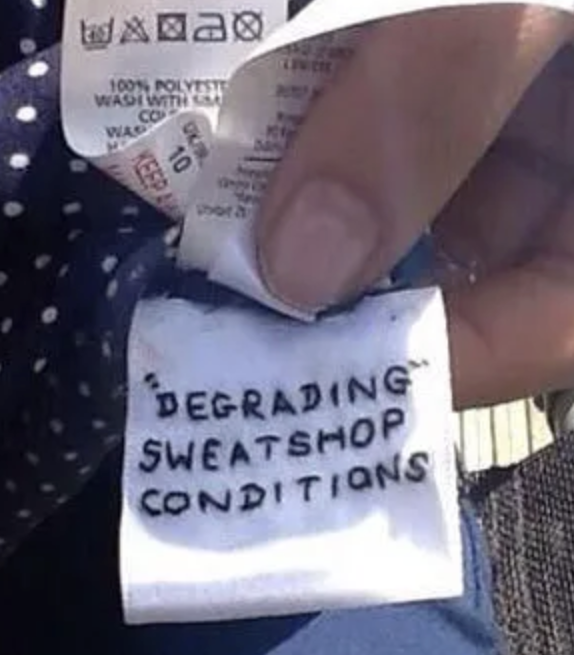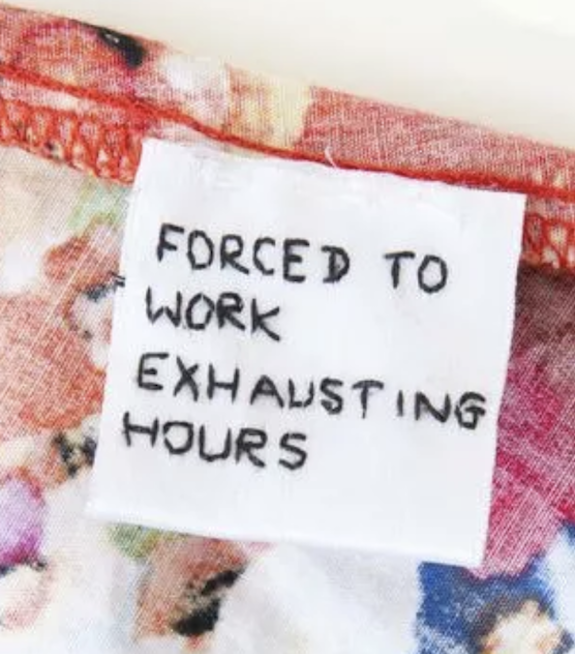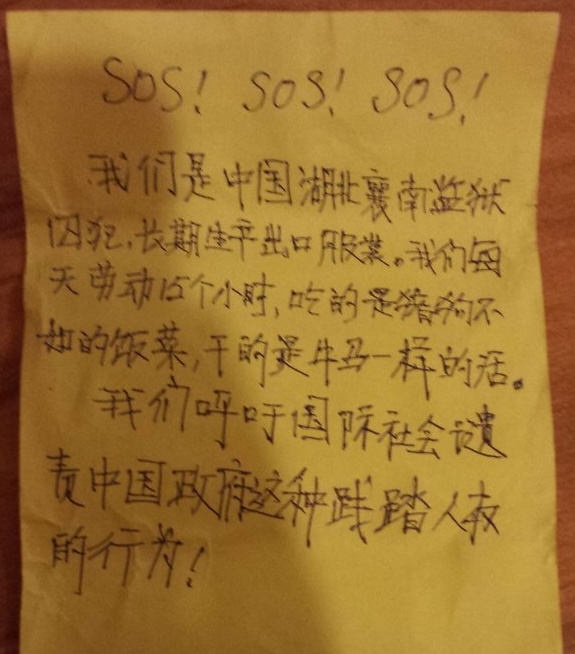

followthethings.com
Health & Beauty
“The First Ever Pacemaker To Speak For Itself“
Undergraduate coursework made and recorded by Jennifer Hart
Images of the pacemaker and packaging submitted is in the slideshow above, the song is embedded below.
The students’ first task in the ‘Geographies of Material Culture’ module at the University of Exeter is to make a personal connection between their lives and the lives of others elsewhere in the world who made the things they buy. These are the people who help you to be you, followthethings.com CEO Ian tells them. So choose a commodity that matters to you, that’s an important part of your identity, that you couldn’t do without. Think about its component parts, its materials, and what properties they give to that commodity and your experience of ‘consuming’ it. Student Jennifer Hart feels guilty about the conflict minerals in her mobile phone. Then she finds that the heart pacemaker her mum is having fitted also contains those minerals. It’s a lifesaving operation. How can she reconcile her mum’s suffering and that of these minerals’ miners? How best can she express her feelings about this technological object? By making a pacemaker that knows what she knows, feels what she feels, and can sing about it. A pacemaker that can express a huge thank you.
Page reference: Jennifer Hart, J. (2014) The First Ever Pacemaker To Speak For Itself. followthethings.com/pacemaker.shtml (last accessed <insert date here>)
Estimated listening & reading time: 10 minutes.
Continue reading The First Ever Pacemaker To Speak For Itself



